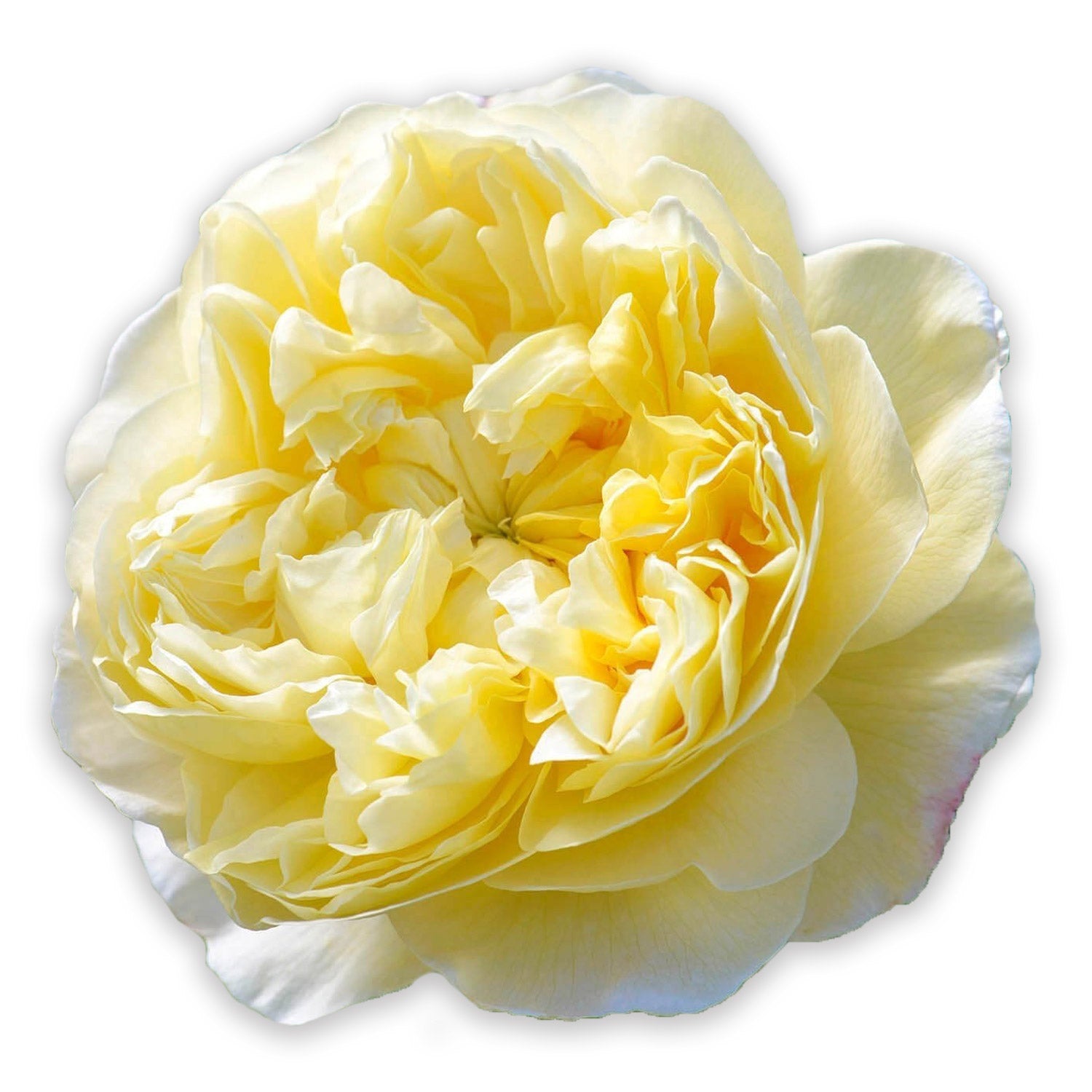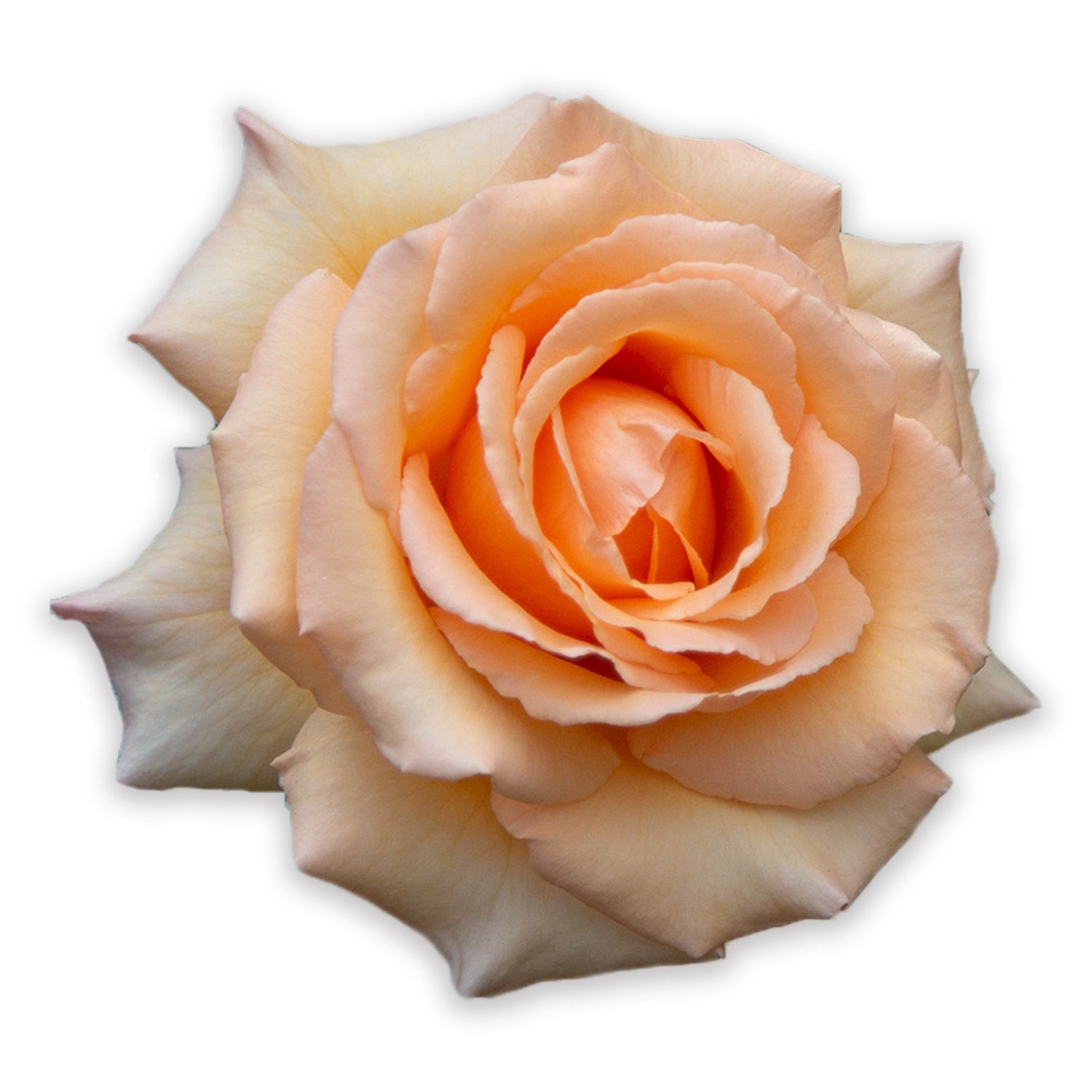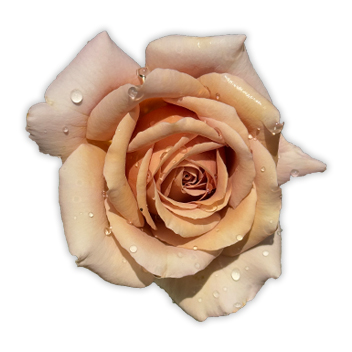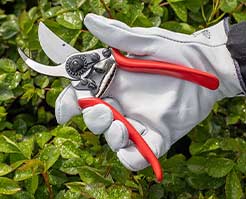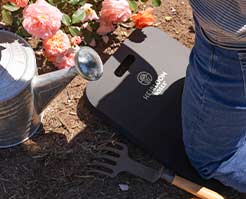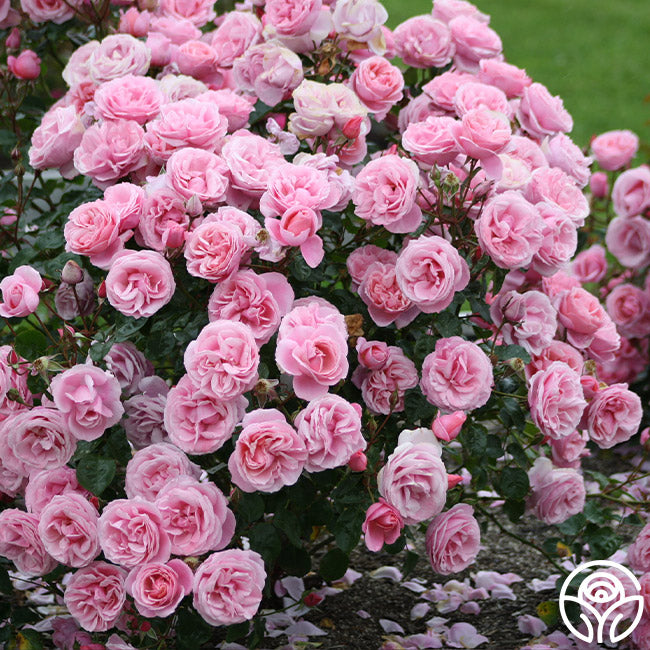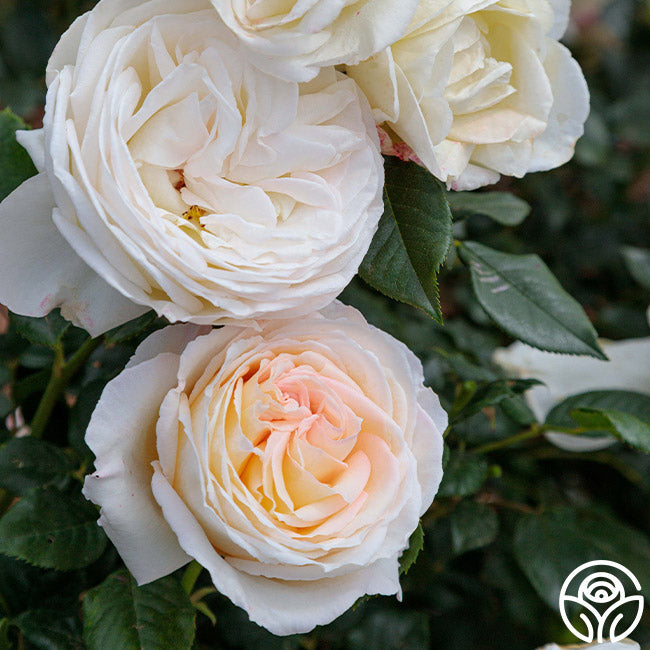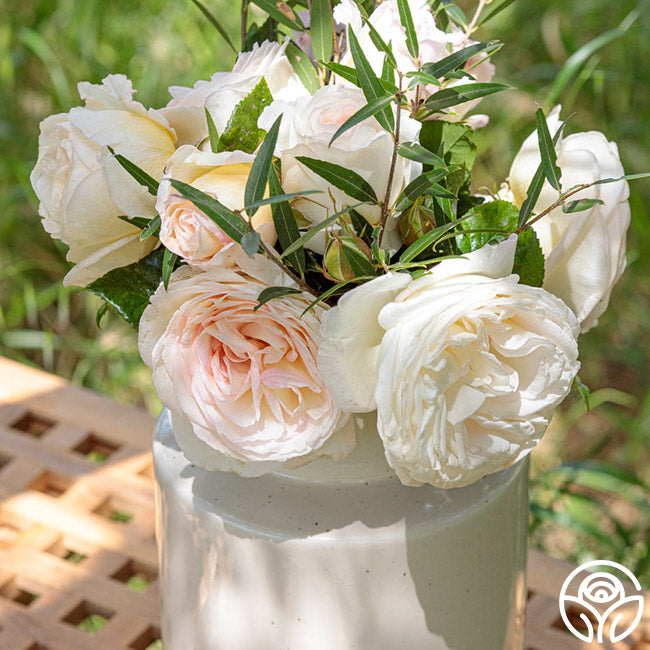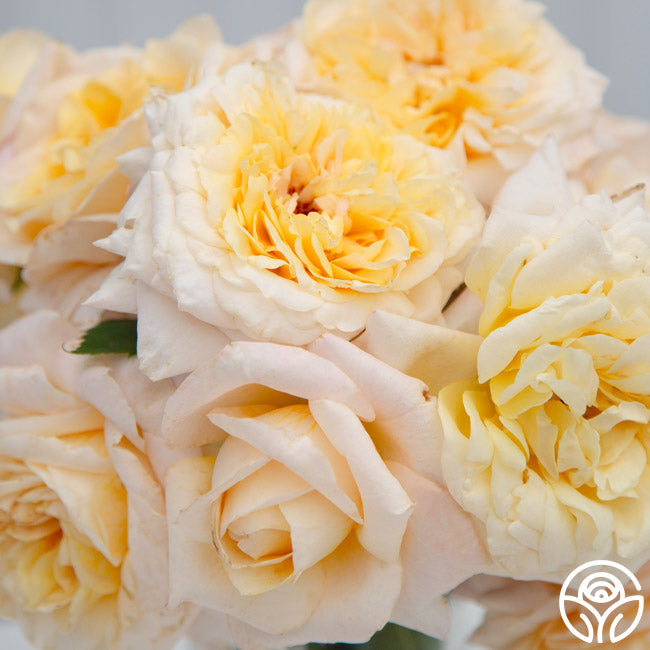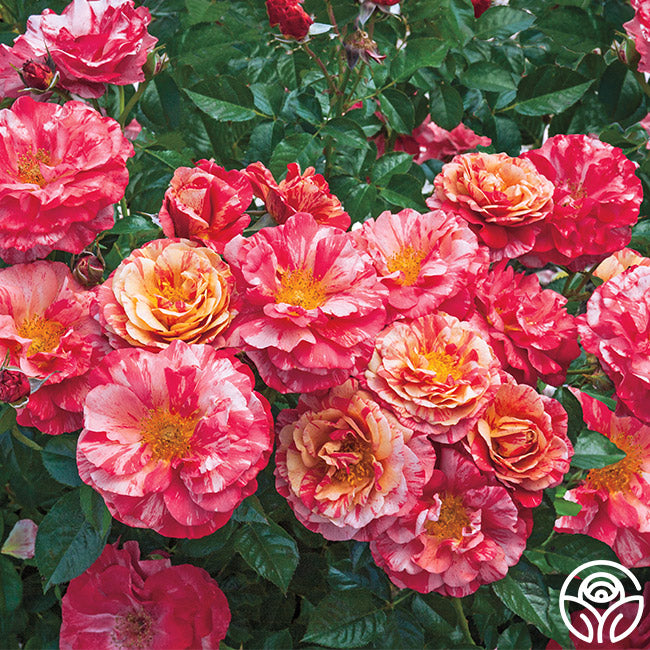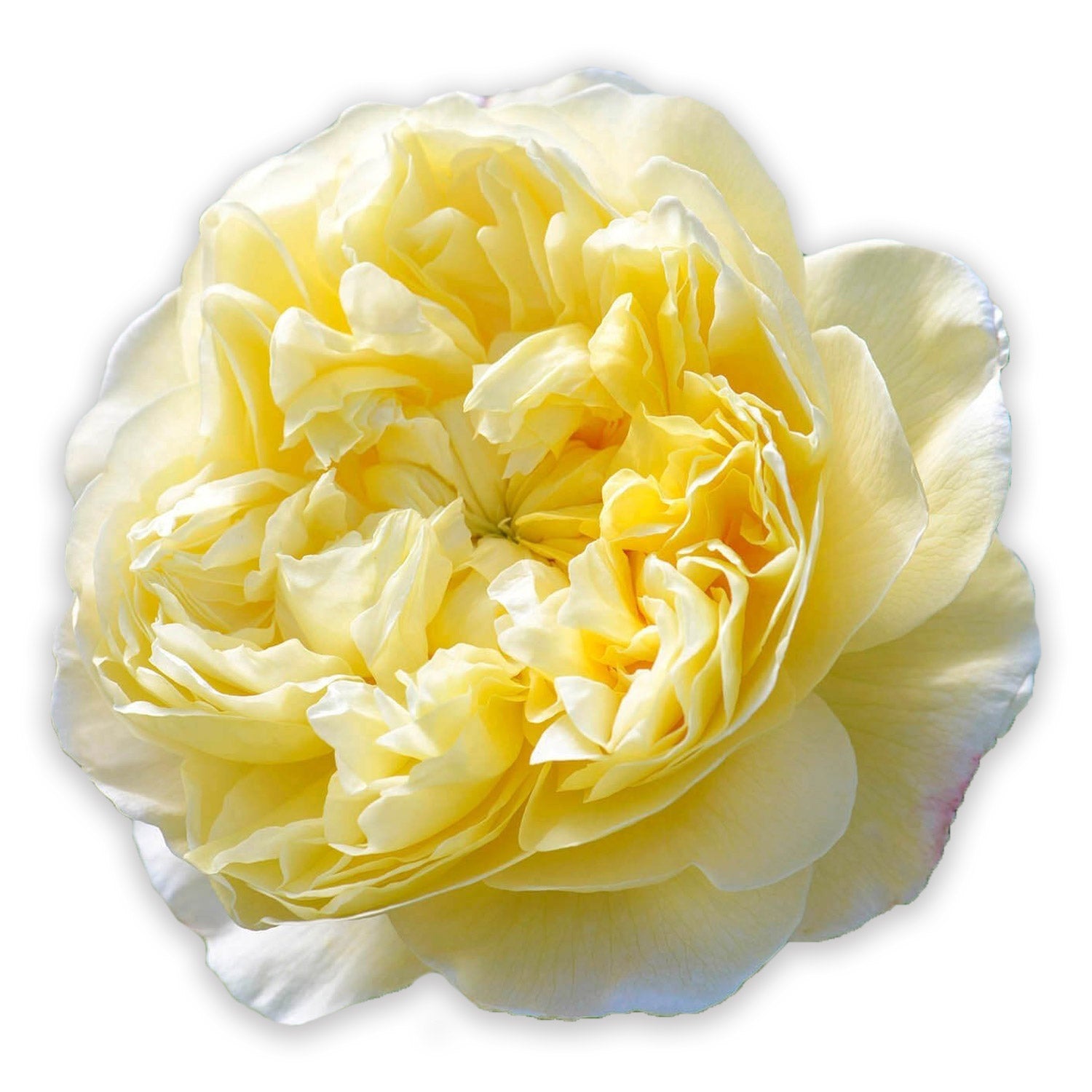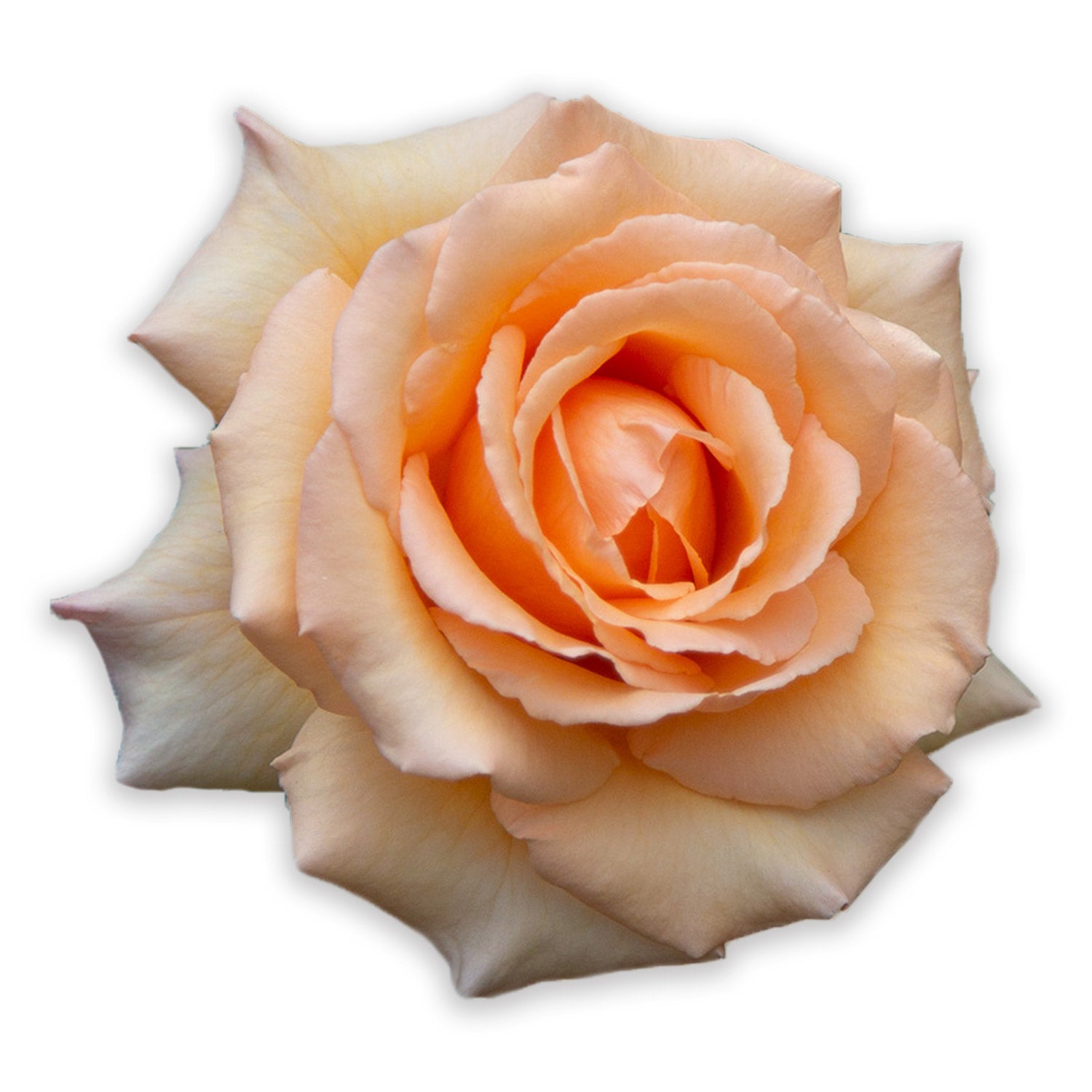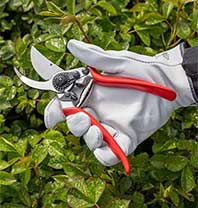The Ultimate Guide to Building a Raised Garden Bed
Are you looking to create a beautiful and functional garden space in your backyard? Building a raised garden bed is a great way to elevate your gardening game. Not only does it provide better drainage and soil quality, but it also makes gardening more accessible and enjoyable. Let's dive into the steps required to build a raised garden bed and how to incorporate rose bushes and other plants to enhance its beauty.
Step 1: Choose the Location
Before you start building your raised garden bed, carefully select the location. Choose a spot that receives at least 6-8 hours of sunlight per day and has good drainage. Avoid areas with tree roots or underground utilities.
Step 2: Gather Materials
For a basic raised garden bed, you will need untreated lumber, galvanized screws, a shovel, compost, and topsoil. Make sure to use rot-resistant wood like cedar or redwood to prevent decay.
Step 3: Build the Bed
Assemble the lumber into a rectangular shape, ensuring the corners are square. Secure the boards together with screws. Dig a shallow trench where the bed will sit to ensure stability. Fill the bed with a mixture of compost and topsoil.
What are the Benefits of a Raised Garden Bed?
Raised garden beds offer numerous advantages for gardeners. They provide better drainage, prevent soil compaction, and offer easier access for planting, weeding, and harvesting. Additionally, raised beds can extend the growing season and provide a more organized and visually appealing garden space.
How to Ensure Rose Bushes Thrive in a Raised Garden Bed?
Rose bushes can flourish in a raised garden bed with the right care. Make sure to choose a sunny location (6+ hours of direct sunlight) with well-draining soil. Plant the rose bushes at the appropriate depth, ensuring good air circulation around the plants. Regular watering, fertilizing, and pruning will help your rose bushes thrive in their raised bed environment.
Additional Plant Ideas
Adding perennials in between your rose bushes can enhance the beauty and biodiversity of your raised garden bed. Consider planting lavender for its fragrant flowers and pollinator-attracting properties. Veronicas are another excellent choice, offering a burst of color and easy maintenance. Hostas, with their lush foliage, can provide a lovely contrast to the delicate blooms of your rose bushes.
By following these tips and ideas, you can create a stunning raised garden bed that not only supports the growth of your rose bushes but also adds beauty and diversity to your garden space. Happy gardening!







